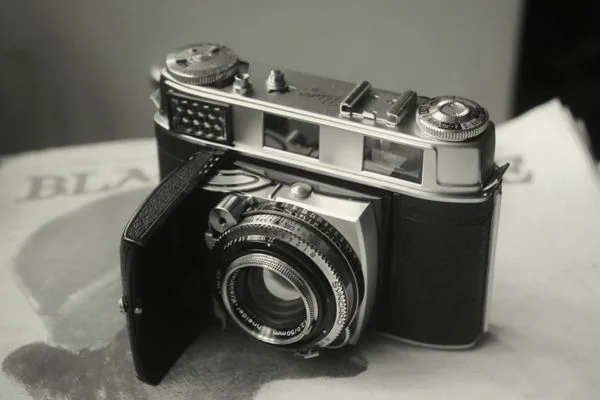If you’re using a film camera, you may wonder if you need a flash. Flash photography is an integral part of any photographer’s toolkit, and it can make a huge difference when shooting with a film camera. In this blog post, we’ll explain do you need flash for film camera, why you should consider using flash for your film camera and give tips on how to do so.
Do You Need Flash For Film Camera?
Whether you need flash for a film camera depends on what you are trying to achieve with your photography. Investing in a flash could be very useful if you want to shoot indoors or in dimly lit settings.
Flash can help shower light upon your subject, producing more focused and clear photos. On the other hand, if you plan to use only natural light and not take pictures indoors, then there may be no use for a flash unit.
Plus, flashes come with costs and maintenance procedures that could be cumbersome if the photographer does not need them. So it’s wise to weigh the pros and cons before investing in any photographic equipment like flash units or film cameras.
Also Read: Do Security Cameras Have Night Vision?
The Benefits of Using Flash with Film Cameras

When taking pictures, film cameras and flash units can be a great combination. With so many digital cameras on the market, it can be easy to remember the benefits of using flash with film cameras.
But understanding how to use a flash properly with a film camera can make all the difference in your photographs. Let’s look at why using a flash is beneficial when shooting with film.
Improves Light Quality
One of the main benefits of using a flash is having more control over light quality than when shooting without one. Using an external flash unit allows you to manipulate light’s direction, intensity, and color temperature to achieve the desired effect.
This can be especially helpful if you’re dealing with difficult lighting situations or want to give your photos an extra boost of brightness or contrast.
Creates Interesting Effects
Flash photography also opens up possibilities for creating interesting effects and capturing motion in your photos that aren’t possible without one.
For example, you can create multiple exposures or ghostly images by utilizing slow shutter speeds and varying amounts of ambient light combined with flashes at different angles and distances from your subject.
You can also capture motion blur or “freezing” effects by playing around with shutter speed settings and adjusting the power level of the flash unit accordingly.
Enhances Colors
Another advantage of using flash is that colors will often appear more vibrant in photos taken with one than those taken without one.
This is because direct light from a power source (like an external flash) has less diffusion than ambient light, which means colors are more saturated and rich-looking when they hit your photo paper or digital sensor.
Furthermore, if you pair your flashes with gels or diffusers, you can further enhance colors by adding subtle tints or hues to your images!
Also Read: How To Change The Batteries in a Blink Outdoor Camera?
Tips for Using Flash with Film Cameras
Flash photography is a must-have skill for any film photographer. If done correctly, it can add drama and depth to your photos by illuminating subjects that would otherwise be too dark or shadowy.
It can also create exciting effects like light painting or strobe photography. Here are a few tips and tricks for getting the most out of your flash with film cameras.
1. Get the Right Equipment: The first step in successful flash photography has the right equipment. You’ll need a camera with a built-in hot shoe, as this is where you will attach the flash unit. When selecting the flash, look for one with adjustable power settings so you can choose the amount of light emitted for each shot.
2. Use Aperture Priority Mode: When shooting with flash, it’s best to use aperture priority mode on your camera to control how much light enters the lens when taking a photo. This will allow you to adjust the brightness of your photos without making any changes to your flash settings.
3. Don’t Forget About Your Lens Hood: Many photographers forget about using their lens hood when taking photos with flash, but this is essential in avoiding lens flare and creating better results overall. The hood helps block out any extra light from entering the frame, which can cause overexposure and washed-out colors in your photos.
Also Read: Where To Position Cameras For Concert?
Bottom Line:
Now you know Do You Need Flash For Film Camera. Using flash for film cameras can be highly beneficial. It helps reduce motion blur, gives you more control over exposure settings, and ensures that your photos turn out sharp and well-lit, even in low-light situations.
With these tips in mind, you should be able to take stunning pictures with your film camera! So don’t hesitate—to give flash photography a try today!



